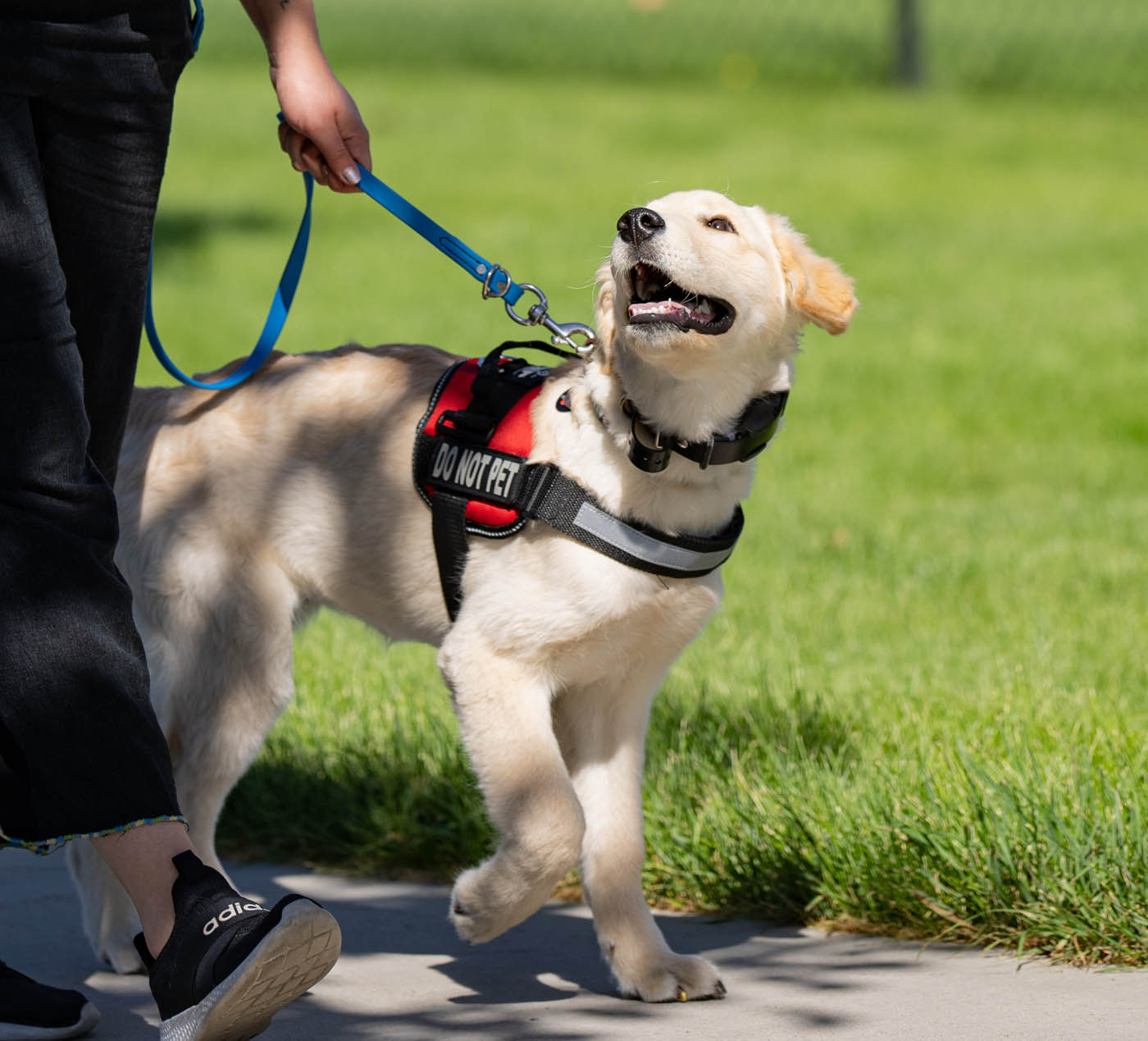Discover the Different Types of Dog Training Available for Your Furry Buddy
Comprehending the various kinds of pet dog training is necessary for improving your canine buddy's habits and fostering a stronger bond. From basic obedience to advanced techniques such as agility and scent job, each training method offers unique advantages tailored to both the canine's and proprietor's requirements.
Basic Obedience Training
Fundamental obedience training lays the structure for a mannerly pet, setting the phase for a harmonious partnership between pet dog and proprietor. This vital training focuses on mentor pets fundamental commands such as sit, stay, come, down, and heel. These commands not just boost communication but likewise promote security in various atmospheres.
The training procedure usually begins with positive reinforcement strategies, where rewards such as deals with or appreciation are offered when the canine efficiently follows a command. This technique urges a positive knowing atmosphere, ultimately promoting trust fund between the proprietor and the canine. Consistency is essential; routine technique guarantees that the canine keeps commands gradually.
Moreover, standard obedience training aids to deal with typical behavioral issues, such as leaping, barking, or pulling on the chain. By establishing clear limits and expectations, owners can lower undesirable behaviors and improve their pet dog's socialization skills.

Advanced Training Techniques
Advanced training methods develop upon the fundamental abilities developed in fundamental obedience training, offering a path to improve a pet's capabilities and responsiveness. These methods often involve specialized skills and commands, enabling dogs to perform tasks that need higher levels of focus and knowledge.
One preferred method is agility training, where pets navigate obstacle training courses, enhancing their physical control and psychological intensity. This not just provides workout however likewise strengthens the bond between pet dog and trainer via team effort and interaction.
An additional innovative method is scent work, which use a pet's all-natural olfactory capabilities. This training encourages pets to recognize and situate details scents, boosting their focus and problem-solving abilities. Such activities can be especially valuable for breeds predisposed to monitoring.
Service dog training is an additional essential location, where pets find out to assist people with impairments. This training needs a high level of obedience and specialized abilities tailored to the details demands of their handlers.
Therapy Methods
Effective pet training prolongs beyond educating skills and commands; it additionally includes therapy approaches that resolve unwanted actions. These strategies are necessary for dealing with problems such as aggressiveness, excessive barking, and splitting up stress and anxiety, making sure an unified connection between canines and their owners.
One extensively identified strategy is favorable reinforcement, which includes gratifying desired habits to encourage their recurrence. This technique works in strengthening good habits while lessening fear or anxiety in the pet. On the other hand, aversive techniques, such as penalty or unfavorable reinforcement, are usually inhibited by professionals as a result of their possible to produce anxiety and stress and anxiety, bring about further behavior issues.
Another vital technique is desensitization, which slowly reveals pet dogs to the stimulations that provoke unwanted behaviors in a controlled manner. This process aids canines learn to stay calm and made up in situations that would usually cause anxiousness or aggressiveness.
Counter-conditioning is often made use of in conjunction with desensitization, where the pet dog learns to associate positive experiences with previously negative stimulations. Both methods call for patience and consistency, making them effective tools for achieving resilient behavior modification. By employing these behavior adjustment techniques, animal owners can cultivate a well-adjusted and satisfied canine companion.
Specialized Training Programs
In the world of canine training, specialized training programs cater to particular hop over to here needs and objectives, supplying tailored methods that boost a dog's capabilities and address unique difficulties. These programs are developed for different objectives, including service pet training, treatment pet dog prep work, and even affordable sports training.
Solution pet training concentrates on furnishing dogs with the abilities needed to aid individuals with impairments, such as guiding visually damaged proprietors or informing to clinical emergency situations. This training is extensive and typically requires a mix of obedience, socializing, and specific task-oriented abilities.
Treatment pet dog programs intend to prepare canines for emotional support roles in medical facilities, colleges, and assisted living home. These canines have to display peace, sociability, and a mild attitude, ensuring they can supply convenience to those in distress.
Furthermore, affordable sporting activities training, such as agility or obedience tests, emphasizes fitness, precision, and synergy between the canine and trainer. These programs demand a high level of commitment and method, cultivating a solid bond while developing the pet dog's sports abilities.
Enjoyable and Interactive Training Activities
How can pet dog training be both satisfying and efficient? The solution exists in integrating enjoyable and interactive training tasks that stimulate your pet's mind while enhancing necessary skills. Involving your pet dog with play not just strengthens the bond in between you and your fuzzy friend however likewise improves their discovering experience.
One reliable method to accomplish this is with agility training, where pet dogs browse challenge courses that test their physical and mental abilities. This task motivates problem-solving and boosts sychronisation, making it an exceptional selection for active types. Another choice is making use of challenge toys that give treats, which can maintain your pet psychologically encouraged and involved to discover.
Furthermore, integrating video games like fetch or hide-and-seek can make training sessions a lot more vibrant. These activities urge the canine to respond to commands in a fun context, advertising obedience while permitting for social interaction.

Final Thought
In verdict, different kinds of dog training are necessary for improving canine actions and cultivating a solid human-animal bond. Fundamental his explanation obedience functions as the structure, while advanced techniques, therapy, and specialized programs deal with details requirements. Involving tasks better enrich the training experience, ensuring that it remains beneficial and enjoyable for both pet dogs and their trainers. Discovering these diverse training alternatives equips pet dog proprietors with the tools necessary to cultivate well-rounded, happy, and obedient companions.
Comprehending the different types of dog training is vital for improving your canine buddy's habits and fostering a more powerful bond. From basic obedience to innovative methods such find this as agility and scent work, each training method supplies one-of-a-kind benefits tailored to both the dog's and proprietor's requirements.Basic obedience training lays the structure for a mannerly dog, establishing the stage for a harmonious connection between pet dog and owner.The training process generally starts with favorable support strategies, where incentives such as deals with or praise are offered when the dog effectively complies with a command.In verdict, different kinds of canine training are essential for boosting canine habits and cultivating a solid human-animal bond.